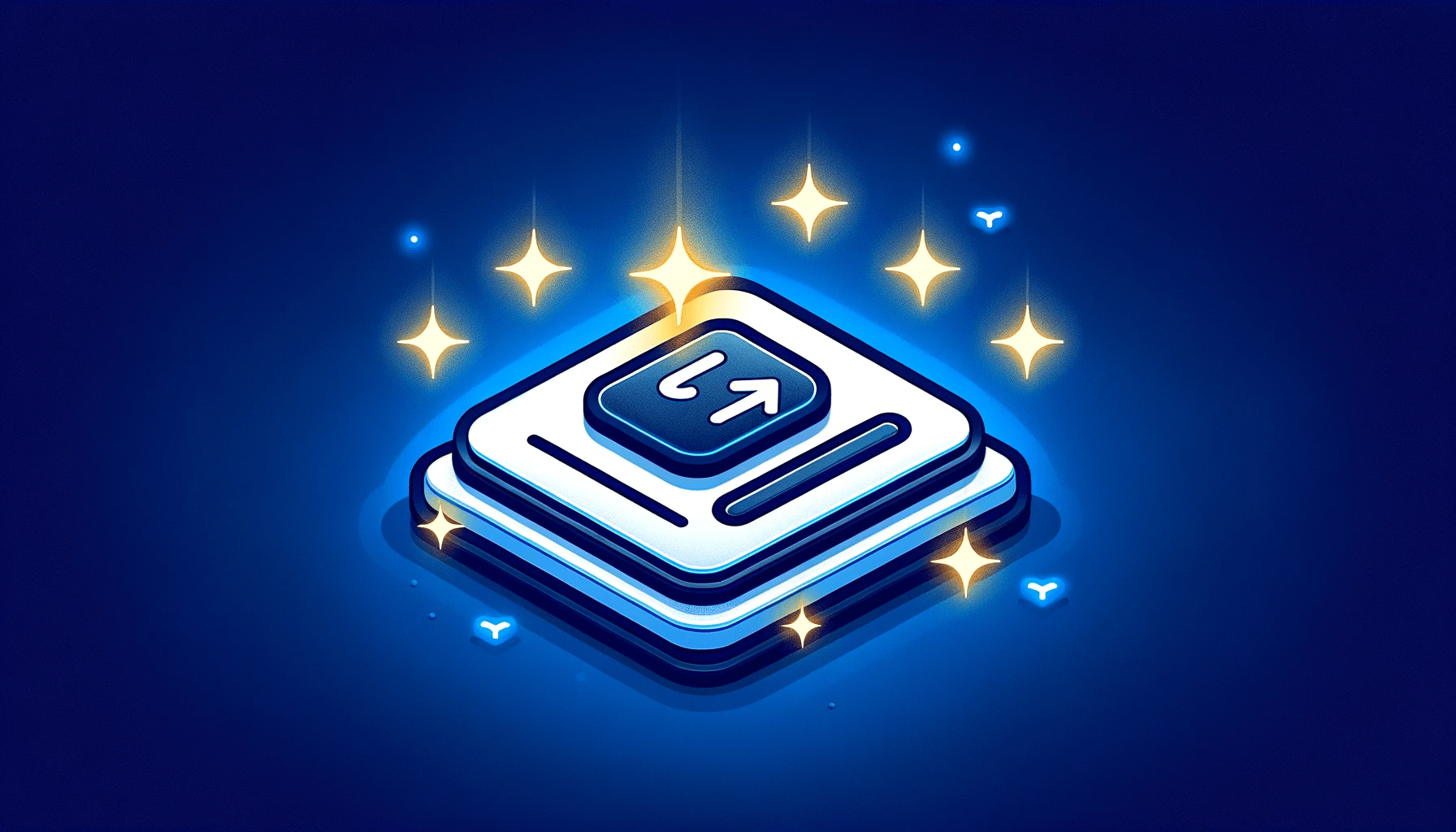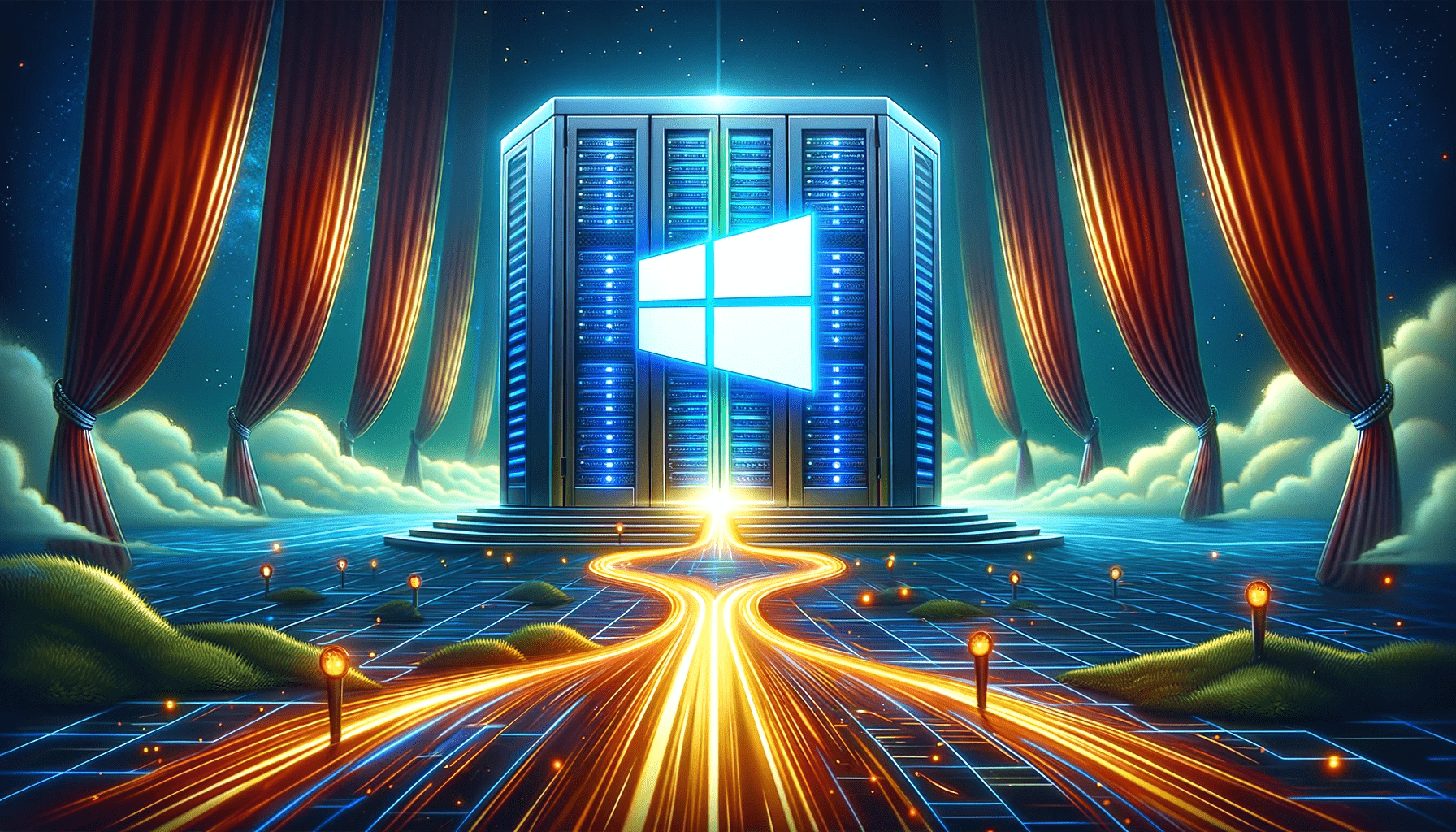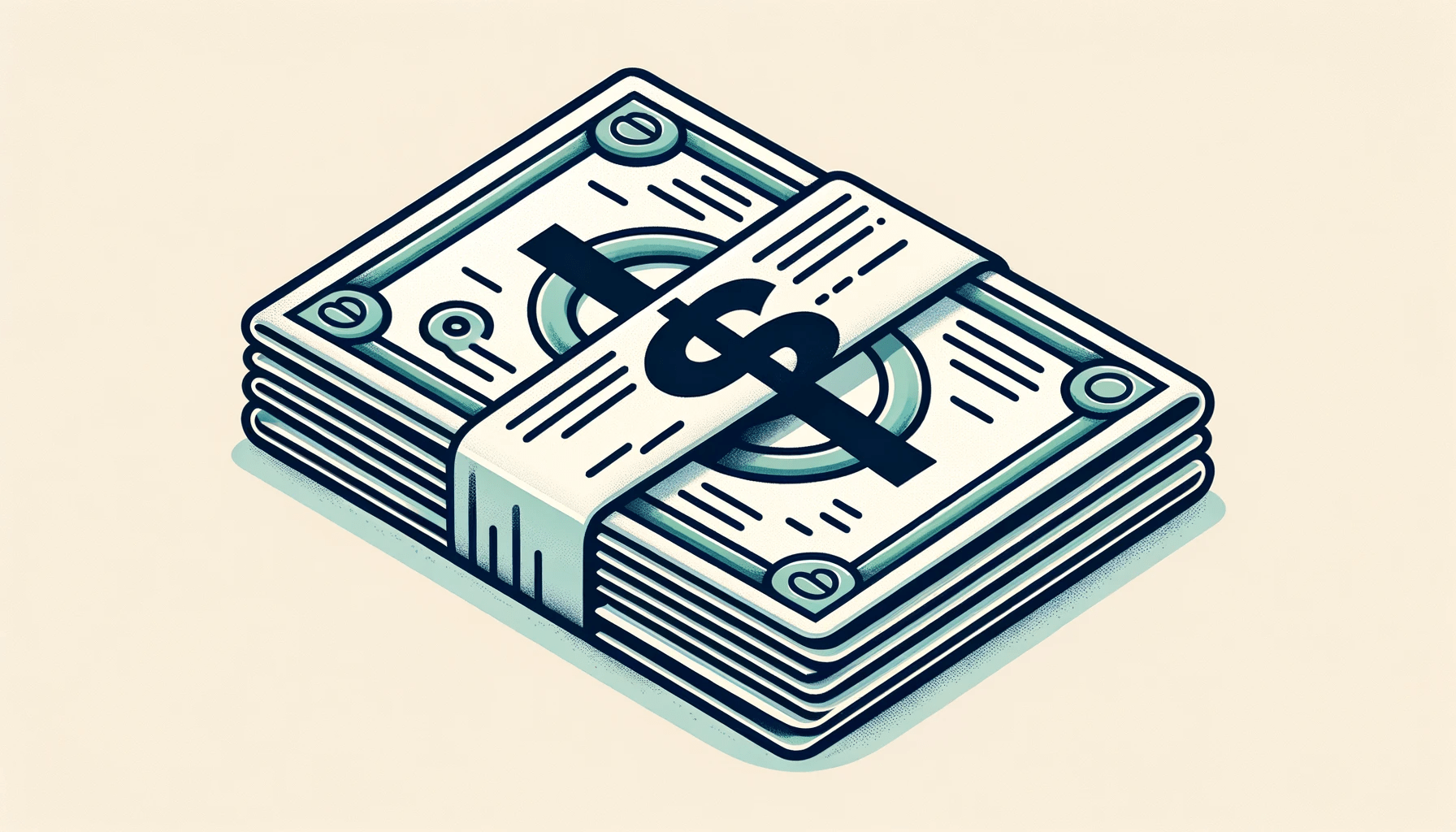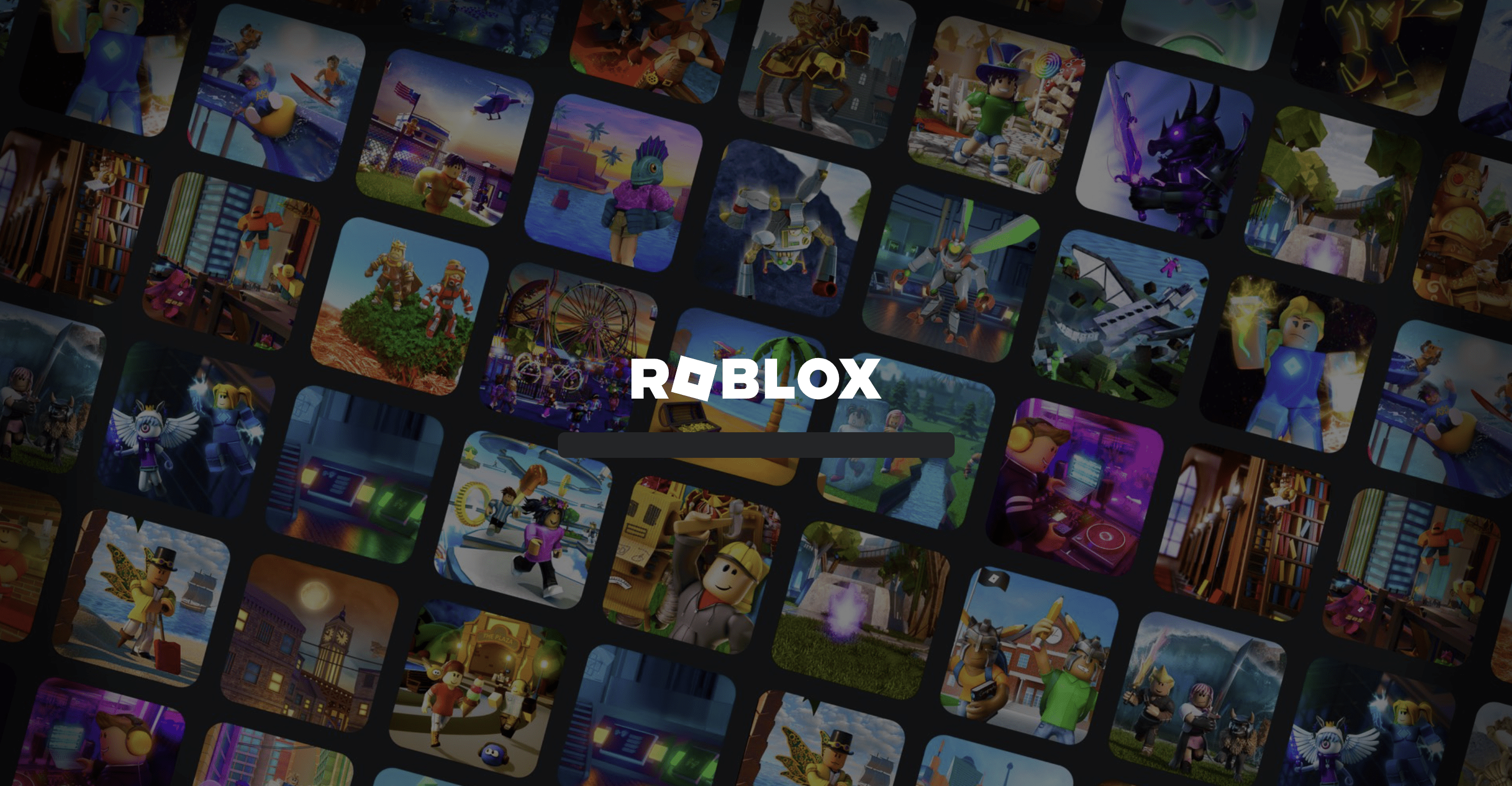DNS_PROBE_FINISHED_BAD_CONFIG Error in Chrome: 8 Methods to Resolve
Table of Contents
If you’ve ever encountered the frustrating DNS_PROBE_FINISHED_BAD_CONFIG error in Chrome, you’re not alone. This error can disrupt your browsing experience and leave you wondering how to fix it. Fortunately, there are several ways to resolve this issue and get your internet connection back on track.
How To Fix The Error 8 Methods (Quick Answer):
- Clear Chrome’s DNS Cache
- Change DNS Settings
- Flush DNS
- Disable DNS Prediction
- Reset Chrome Settings
- Check for Malware
- Update Chrome
- Contact Your Internet Service Provider
Note: This is a general summary. In-depth instructions will be covered in the subsequent sections of the article.
Understanding The Error
It is a common DNS-related error in Google Chrome. It occurs when Chrome is unable to resolve the DNS (Domain Name System) for a particular website. In simpler terms, Chrome doesn’t know how to find the website you’re trying to visit.
Now, let’s explore the various methods to fix this error and get you back to browsing without interruptions.
Method 1: Clear Chrome’s DNS Cache
To clear Chrome’s DNS cache, follow these steps:
- Open Google Chrome.
- In the address bar, type chrome://net-internals/#dns and press Enter.
- Click the “Clear host cache” button.
- Restart Chrome and check if the error persists.
- This method often resolves the issue by removing any corrupted DNS cache data that might be causing the error.
Method 2: Change DNS Settings
Sometimes, the default DNS settings on your computer or router may be the culprit. Changing to a more reliable DNS server can help fix the error.
To change DNS settings on Windows:
- Right-click on the network icon in the taskbar and select “Open Network & Internet settings.”
- Click on “Change adapter options.”
- Right-click on your active network connection and choose “Properties.”
- Select “Internet Protocol Version 4 (TCP/IPv4)” and click “Properties.”
- Choose “Use the following DNS server addresses” and enter the DNS server addresses of a reliable provider like Google DNS (8.8.8.8 and 8.8.4.4).
- Click “OK” and restart your computer.
On a Mac:
- Go to “System Preferences” > “Network.”
- Select your active network connection, then click “Advanced.”
- Navigate to the “DNS” tab.
- Click the “+” button and add the DNS server addresses.
- Click “OK” and then “Apply.”
Method 3: Flush DNS
To flush DNS on Windows:
- Open Command Prompt as an administrator.
- Type ipconfig /flushdns and press Enter.
- Restart your computer.
On Mac:
- Open Terminal.
- Type sudo killall -HUP mDNSResponder and press Enter.
- Restart your computer.
Method 4: Disable DNS Prediction
Chrome has a feature called DNS prediction that can sometimes cause DNS-related errors. Disabling it might help resolve the issue.
To disable DNS prediction in Chrome:
- Open Chrome and go to “Settings.”
- Scroll down and click “Advanced.”
- Under “Privacy and security,” disable “Use a prediction service to load pages more quickly.”
Method 5: Reset Chrome Settings
Resetting Chrome to its default settings can resolve issues caused by conflicting extensions or settings. This can also help in fixing the error.
To reset Chrome settings:
- Open Chrome and go to “Settings.”
- Scroll down and click “Advanced.”
- Under the “Reset and clean up” section, click “Restore settings to their original defaults.”
- Click “Reset settings” to confirm.
- Remember that this will reset your homepage, search engine, and pinned tabs. However, your bookmarks, history, and saved passwords won’t be affected.
Method 6: Check for Malware
To check for malware:
- Use a reliable antivirus and anti-malware software like Malwarebytes or Windows Defender.
- Perform a full system scan to detect and remove any threats.
Method 7: Update Chrome
Outdated browser versions can have compatibility issues and may contribute to DNS errors. Ensuring that Chrome is up to date can help resolve such problems.
To update Chrome:
- Open Chrome and go to “Settings.”
- Scroll down and click “About Chrome” or “Check for updates.”
- If an update is available, Chrome will automatically download and install it.
- Relaunch Chrome to apply the update.
Method 8: Contact Your Internet Service Provider (ISP)
If none of the above methods work and you continue to experience DNS_PROBE_FINISHED_BAD_CONFIG errors, it’s possible that the issue lies with your internet service provider. Contacting your ISP’s customer support can help diagnose and resolve the problem.
Frequently Asked Questions
What causes DNS_PROBE_FINISHED_BAD_CONFIG errors?
This error can occur due to various reasons, including DNS cache issues, incorrect DNS settings, or problems with your internet connection.
Do I need to be tech-savvy to fix this error?
Not at all. We’ve provided step-by-step instructions that anyone can follow to resolve the issue.
Can I use any DNS server addresses?
While you can use different DNS server addresses, we recommend using well-known and reliable ones like Google DNS or OpenDNS.
Will resetting Chrome delete my personal data?
Resetting Chrome will not affect your bookmarks, history, or saved passwords. However, some settings like your homepage and pinned tabs will be reset.
How often should I update Chrome?
It’s a good practice to keep Chrome updated regularly to ensure security and performance improvements. Chrome often provides automatic updates.
What if the error persists after trying all methods?
If the error continues, it might be related to your ISP or a larger network issue. Contact your ISP’s customer support for assistance.
Conclusion
Resolving the error in Chrome is crucial for a seamless browsing experience. In this comprehensive guide, we’ve covered various methods, from clearing DNS cache to contacting your ISP. By following these steps, you can troubleshoot and fix the issue, ensuring that your web browsing remains uninterrupted.
Remember, persistence often pays off when troubleshooting internet connectivity problems. Try each method carefully, and you’ll likely find a solution that works for you. Happy browsing!
Joshua joined the CTHs right from the beginning as a skilled tech writer. Before joining our team he was reporting all aspects of the marketing and web development industries. Responsible for high-quality web hosting reviews and guides. In his spare time, he enjoys programming & red wine.






